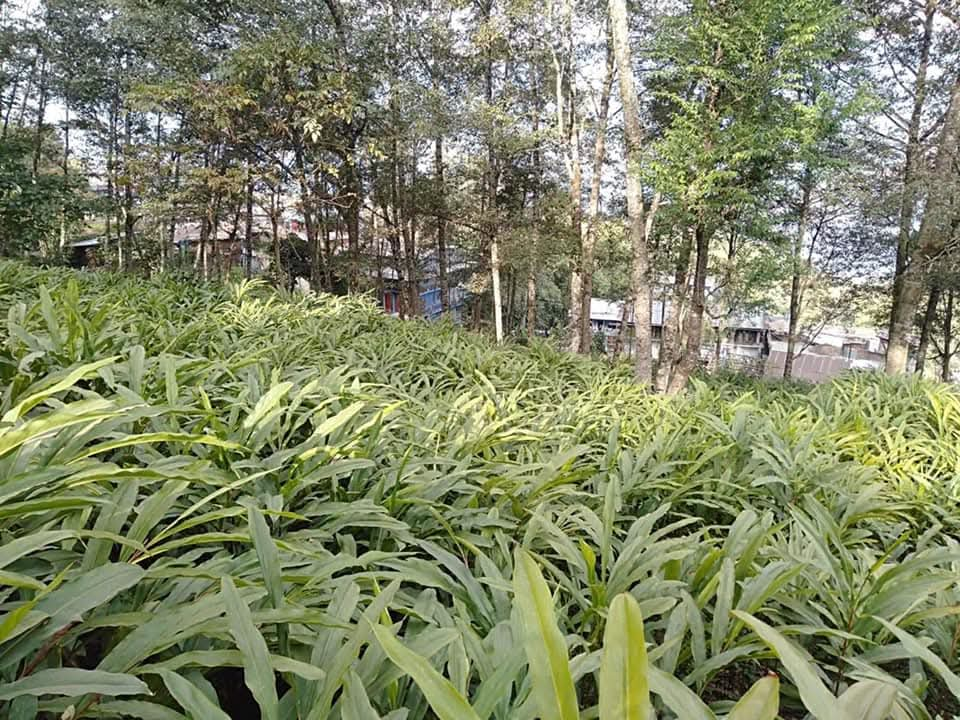Ilam, September 1, 2025
Farmers across Koshi Province are experiencing a new wave of prosperity through large-scale cultivation of Pakhe cardamom, a variety well-suited to the Chure and mid-hill regions. Once confined to gullies and highlands, cardamom has now climbed into farmland and descended into the plains, becoming a golden crop for rural households.
Introduced from India in 1989 and trialed in Rong Rural Municipality of Ilam, Pakhe cardamom has quickly spread across Koshi’s 14 districts. According to the Rong Agriculture Branch, 250 hectares of land in the municipality alone yield around 140 metric tons annually—outperforming traditional Ramsai, Golsai, and Chibesai varieties that struggle in warmer areas.
“Cardamom has the capacity to uplift people’s livelihoods. Even when sold at its lowest price, one ropani of cardamom provides returns equal to three ropani of rice and maize combined,” said farmer Bheshraj Nyaupane.
Longer Season, Growing Returns
The Cardamom Producers’ Federation reports that the harvest season now stretches from late July to November, following the crop’s expansion into lower altitudes. Chairperson Nirmal Bhattarai noted that farmers’ happiness has grown alongside the crop’s spread: “Rice and maize cultivation has declined sharply, but cardamom is securing food and income.”
Currently, prices are hovering around Rs. 90,000 per man (40 kg) and could rise to Rs. 117,000—close to breaking the 2014 record of Rs. 115,000. Even at lower rates, farmers say the crop remains profitable, unlike in many other cash crops.
Market Without Middlemen
Around 125,000 farmers in Koshi are engaged in cardamom cultivation. With both producers and traders organized under the same federation, farmers receive fair prices directly from buyers, often selling from their homes. Birtamod and Dhulabari remain the largest markets, where strong competition ensures transparent pricing.
Provincial and Global Reach
Cardamom is now cultivated in about 15,000 hectares across Koshi, producing over 7,000 metric tons annually. Taplejung leads in both area and yield, with more than 4,100 hectares under cultivation and 2,550 metric tons produced each year.
According to the Department of Customs, exports worth over Rs. 7.67 billion were recorded in the last fiscal year, with shipments not only to India but also to Australia, France, Switzerland, and the UAE.
A Stable Crop for Uncertain Times
While price fluctuations remain a reality, Koshi’s cardamom farmers express confidence that the crop will continue to provide stability. As Nyaupane observed, “When prices rise, farmers are happy—but even when prices fall, no one has to cry.”